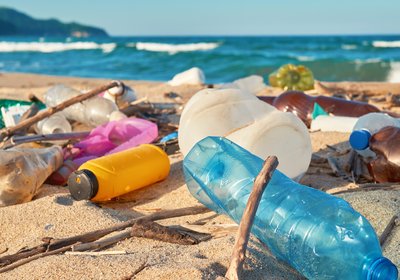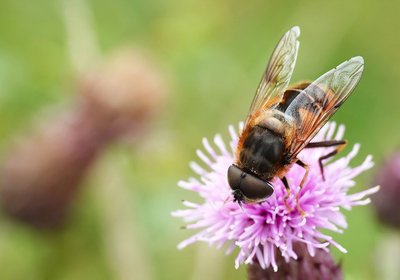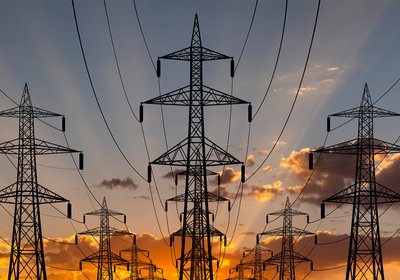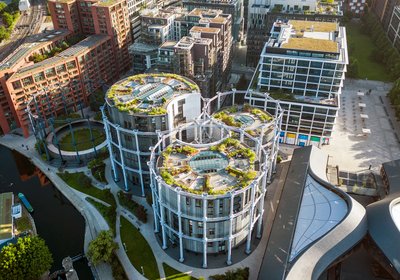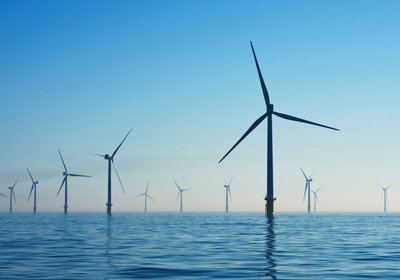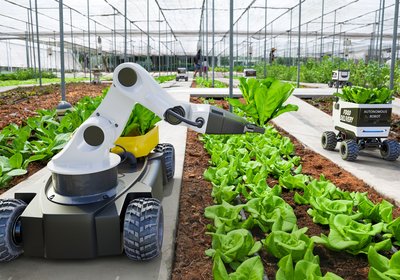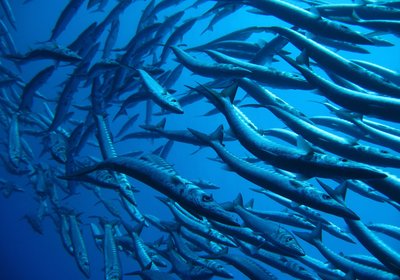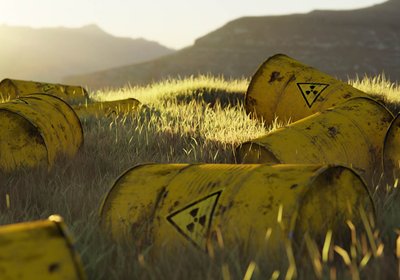A new global agreement has pledged to end, indeed reverse deforestation by the end of this decade. We've been here before — so what’s different this time?
More than 100 world leaders came together on a pledge to end and reverse deforestation by 2030 at the COP26 climate summit last year. The countries that signed the agreement are home to 85 per cent of the world’s forests, and the announcement saw £14bn of public and private funds earmarked for conservation efforts. In addition, 28 countries have committed to ensuring that trade in globally important commodities, such as palm oil, cocoa and soy, does not contribute to deforestation.


A similar pledge was made in 2014 but little action followed. Will things be different this time? There are some positive signs, including action from companies, projects to include local and indigenous people, and mechanisms, including components of net zero pledges around the world, to mobilise essential finance. Global initiatives such as the 30x30 campaign, which aims to protect 30 per cent of the planet by 2030, have also added momentum. Finally, we have new tools and technologies to better monitor deforestation, and improve efficiency in our agricultural practices to lessen the weight.
In order to follow through this time, policymakers, companies and others must collaborate on a viable roadmap to find effective ways to invest in forest conservation. Some efforts are already underway, including the Forest Positive Campaign from the Consumer Goods Forum, as well as the LEAF Coalition, the largest ever public-private effort to protect tropical forests, which has mobilised $1bn in financing. Many other innovative financing initiatives have been developed to support farmers and landowners in the transition to more sustainable business models.
Every year the world loses around 5mn hectares of forest. Ninety five per cent of this occurs in the tropics. At least three quarters of this is driven by agriculture and the clearing of forests to grow crops or raise livestock, or the production of materials such as paper.
Tropical forests now emit more carbon than they capture, owing to deforestation and degradation, so they are no longer a carbon sink, according to a study published in 2017 using satellite data from 2003–2014.
Tropical forest loss and climate change
According to the latest IPCC climate report, the world is rapidly overspending on its carbon budget: the level of emissions we can produce until we are committed to a set degree of global warming. For example, we only have about ten years’ worth of current emissions left if we are to have a 50 per cent chance to limit warming to 1.5C.
During the decade since 2010, the UN estimates that 10mn hectares of forest were cut down each year. In 2019, a third of the tree cover loss — or an area the size of Switzerland — came from primary humid tropical forests, home to most of the planet’s plant and animal species, and crucial in terms of climate regulation. Temperate forests, such as those in Europe, are also under threat.
According to analysis by Global Forest Watch, tropical forest loss currently accounts for 8 per cent of the world’s annual carbon dioxide emissions. This figure rises to 15 per cent if forest degradation (changes negatively affect a forest’s structure or function but that do not decrease its area), and tropical peatland emissions are included.
Between August 2020 and July 2021, the Brazilian Amazon rainforest lost 10,476sq km — the highest rate of loss for a decade. This is altering the Amazon’s natural cycles and decreasing its capacity to create its own rainfall and withstand drought, leading to a higher risk of tree mortality. According to the IPCC report this, coupled with increased heat from climate change and wildfires, could cause the Amazon to shift from tropical forest biome to grassland.
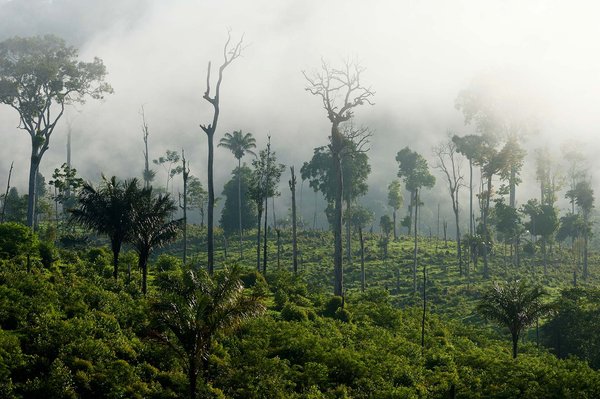
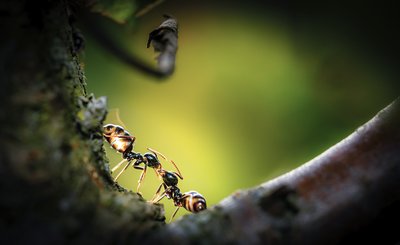
The report also states that numerous endemic and yet undiscovered species of flora in tropical forests are critically endangered and could experience “mass extinction at a more rapid rate than the previous five mass extinctions on Earth”.
Ecuador, in particular, is a biodiversity hotspot, with many species endemic to the country; it is also among the world’s top ten countries for the greatest number of tree species. However, between 1990 and 2018, it lost around 12 per cent of its forest cover, and has the second highest deforestation rates among the Latin American countries.
Legal and illegal gold mining are on the rise, along with commodity prices, leading to conflicts with Indigenous communities, whose territories cover nearly half of Ecuador's forest. Mining and oil extraction have been the main drivers of deforestation in its Amazon biome, alongside land-use changes resulting from agriculture, grazing, logging, urbanisation and the introduction of alien species.
Mining-related deforestation, especially when driven by illegal operations, contaminates rivers and streams with toxic waste, killing aquatic life, and opens up areas that may have been previously inaccessible by road. A recent landmark ruling by Ecuador’s Constitutional Court, however, stating that mining and oil projects on Indigenous lands may not progress without consent from the local community, is a significant victory for Indigenous people fighting to protect their lands.
Reforesting Costa Rica
The Central American nation is one of the only countries in Latin America to have reversed deforestation, after recording high rates until the late 1980s. During the early 20th century, Costa Rica prioritised agricultural development over its environment, resulting in forest cover across only 21 per cent of the country by 1987, compared with 75 per cent in 1940. Subsequently, Costa Rica began to implement environmental policies by way of the Costa Rican PES system, a programme of payments for environmental services (PES).
The state pays farmers to protect the forest on their land, with funding largely coming from taxes. According to the United Nations, more than 18,000 families have benefited from the programme, with an investment of US$524mn in the PES projects, and more than 1.3mn ha under PES contracts.
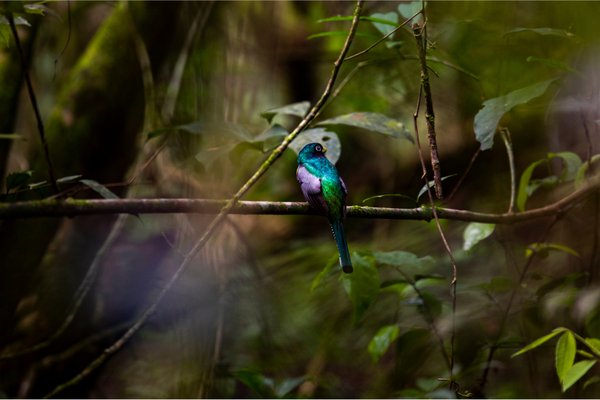

What can be done?
There is much room for improvement in the corporate approach to deforestation. According to Forest 500, which tracks the policies and performance of the 350 most influential companies and 150 financial institutions linked to deforestation in their supply chains and investments:
- Nearly three out of four (72 per cent) of the 350 companies do not have a deforestation commitment for all of the forest-risk commodities in their supply chains.
- One third (117/350) of companies have no deforestation commitments at all, representing a small decrease on last year.
- While 28 companies have published a new commitment to address deforestation since last year, just 11 of these have a deforestation commitment for all of the commodities they are exposed to.
This graphic from a 2020 UN report using data from Forest Trends, which tracked the deforestation-related commitments of companies in relation to the four commodity chains that are the biggest drivers of deforestation and forest change, confirms that more needs to be done, particularly in connection with cattle ranching.
Importantly, as Martin Persson at Chalmers University of Technology in Sweden, and a contributor to the graphic above, has pointed out, a great deal of tropical deforestation is driven by demand for commodities in Europe. For example, Swedish imports of primarily Brazilian beef and Indonesian palm oil are causing carbon emissions of about 3mn tons of carbon dioxide per year.
Agricultural commodity production
Martin Persson, Laura Garcia Velez and Thomas Höhne-Sparborth discuss the link between tropical deforestation and agricultural commodity production, trade and consumption and what we can do to conserve forests in the tropics.
Listen to the podcast below...

Europe is the world’s second biggest driver of tropical deforestation after China
Listen to the discussion to discover the causes and potential solutions
Europe's old-growth forests
The European Forest Institute is working to protect and preserve remaining primary forests, for example: the Bialowieza Forest in Poland, home to wolves, lynx, boar, elk, red deer, roe deer and the European bison. The institute says an existing target to strictly protect 10 per cent of EU land is an opportunity to significantly increase the share of primary/old-growth forests in the future, which would greatly benefit biodiversity conservation.
It found that integrative forest management approaches can support biodiversity conservation by protecting and developing old-growth patches and old-growth attributes in multifunctional forests, and improve habitat connectivity between primary and old-growth forests.
The EU Biodiversity Strategy for 2030 sets a target of strictly protecting all remaining primary and old-growth forests, part of a wider goal to protect 30 per cent of EU land and to designate 10 per cent of EU land for strict protection. Strict protection of the remaining EU primary and old-growth forests is a first and crucial step to ensure their long-term conservation.
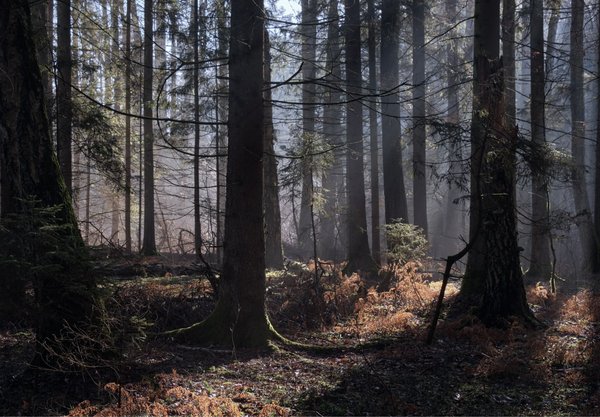
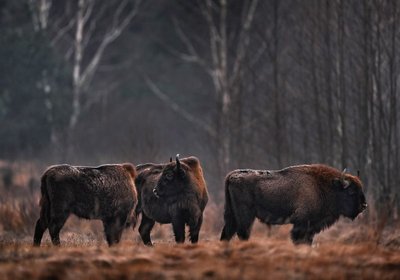

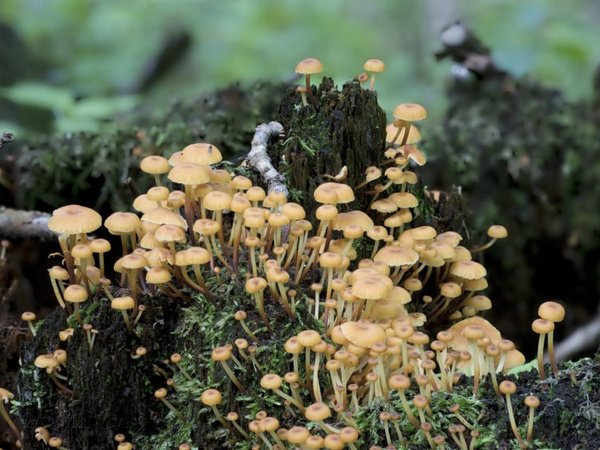
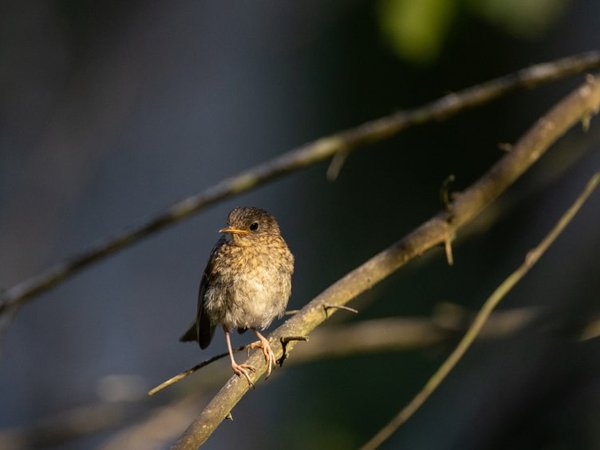
Deforestation remains an acute problem for the planet. Not least because it has traditionally been tied so closely to economic development in some of the poorest parts of the world. Pledges and promises are not enough to break this relationship. That will take money — and money is starting to flow. The benefits are clear, for local communities, for biodiversity and the climate. Now we need long-term commitment, from governments and from investors.
We think you'll like this
More from the FT Rethink channel
Discover more content on the topics that inspire, engage and inform the world we live in today at the FT Channels hub.
Discover moreFT Rethink
FT Channels, a partnership destination that combines impactful and enriching multimedia content to spark curiosity and encourage discovery. Each vertical brings expert insights from the Financial Times and our Partners into the most pressing issues of our time.
FT Rethink series focuses on the people, technology, strategies and systems moving us from an economy that is wasteful, idle, lopsided and dirty towards one that is circular, lean, inclusive and clean. The channel alternates between independent reporting from FT journalists and business perspectives from Lombard Odier


